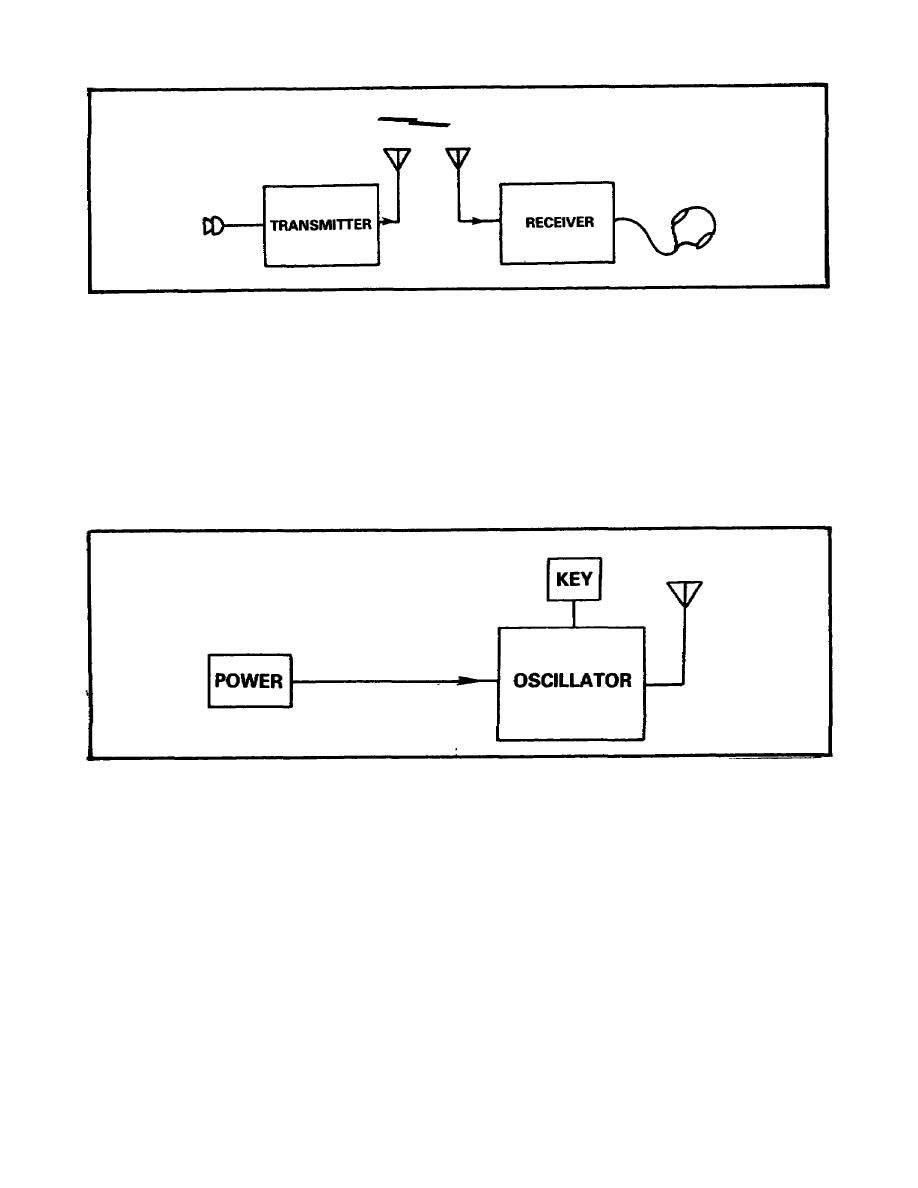
Figure 1. Block Diagram of Basic Radio Set.
2.
Radio transmitter. The simplest radio transmitter (figure 2) consists of a power supply and an
oscillator. The power supply can be batteries, a generator, an alternating-current (AC) power source,
including a rectifier and filter or a direct-current (DC) rotating power source. The oscillator, which
generates RF alternating current, must contain a tuned circuit to tune the transmitter to the desired
operating frequency. The transmitter must also have some device for controlling the generated RF
energy. The simplest device is a telegraph key, which is merely a type of switch for controlling the flow
of electric current. When the key is operated, the oscillator is turned on and off for varying lengths of
time to form dots and dashes of RF energy.
Figure 2. Block Diagram of a Simple Radio Transmitter
3.
Antennas. After an RF signal has been generated and amplified in the transmitter, a means must
be provided to radiate this RF energy into space. At the same time, a means must be provided at the
receiver location to intercept (pick up) the signal. The device that fulfills these requirements is called an
antenna. The transmitting antenna sends transmitter signal energy out into space. This energy, radiated
in the form of electro-magnetic waves, is intercepted by a receiving antenna. If the receiver is tuned to
the same frequency as the transmitter, the signal will be received and intelligible information made
available.
2



 Previous Page
Previous Page
